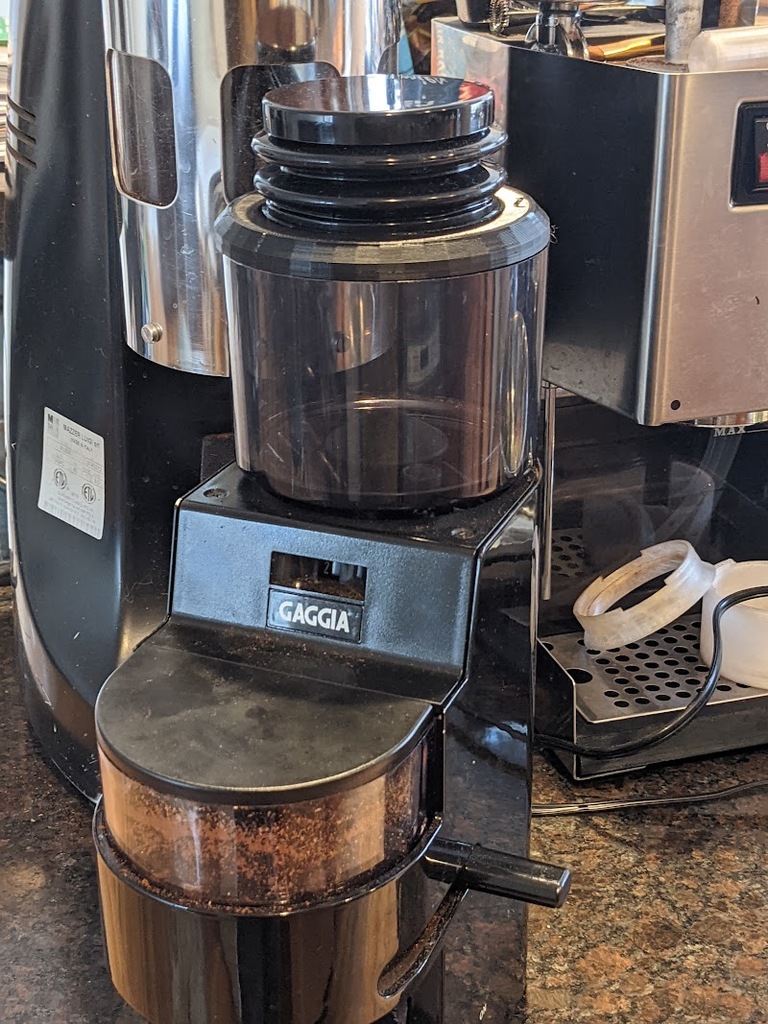
Gaggia MDF Stepless and Low Retention Mods
thingiverse
I picked up a late model Gaggia MDF and did a bunch of reversible mods to it: 1) The grinding chamber has a large hollow cavity between the bottom nut and the lower burr. Bean fragments and grinds get stuck here. Some people have put metal washers here, but I couldn't find the right size. So I designed a gasket that drops into this opening and fills it up, preventing grinds from accumulating here. I recommend using something like colorless PETG, which is easy to print, durable (coffee beans are getting ground up all around it), and this type of plastic is commonly used for food contact. Print it solid, or with a whole of of walls so that the pressure from the beans being ground up don't damage the gasket. 2) A lid for the hopper that incorporates a bellows, which blows ground coffee out of the grinding chamber, as well as the exit chute. Using the doser, there seems to be up to 2 grams extra ground coffee which was stuck in there. One of the lids is for the "Diatomaceous Earth Powder Duster" found on Amazon ( https://www.amazon.com/dp/B01LRMN9ZM ) - it incorporates a 56mm diameter threaded collar to mount the bellows. The other takes an 80mm silicone blower that Xeoleo sells on AliExpress ( https://www.aliexpress.us/item/3256802988531299.html ). The Xeoleo blower is black and matches the MDF better, but doesn't seem to provide any better performance than the translucent white duster from Amazon. 3) A 120 step detent plate that slides over the 40 step detent plate used for adjusting grid settings. This detent plate basically triples the number of steps available for dialing in your grind. Note that this plate really needs to be printed out of TPU - I used 95A Sainsmart TPU. If you print it out of PETG or PLA, the plate will be rigid and slippery, and the force of the beans being ground will cause the grind to drift towards a finer grind setting. If you print it from TPU, the detent plate will be kind of rubbery and much less slippery, as a result the detent pins seem to embed themselves into the plate a little and are gripped securely, prevent the grind setting from drifting. Also print it with thicker layers (I used .32mm), wider line width (.5mm) and minimize your parts cooling so that you maximize the internal adhesion of the print. The side with only 40 ridges goes against the existing brass detent plate with the ridge resting in the hollow detents, while the side with 120 ridges faces downward against the detent pins.
With this file you will be able to print Gaggia MDF Stepless and Low Retention Mods with your 3D printer. Click on the button and save the file on your computer to work, edit or customize your design. You can also find more 3D designs for printers on Gaggia MDF Stepless and Low Retention Mods.
